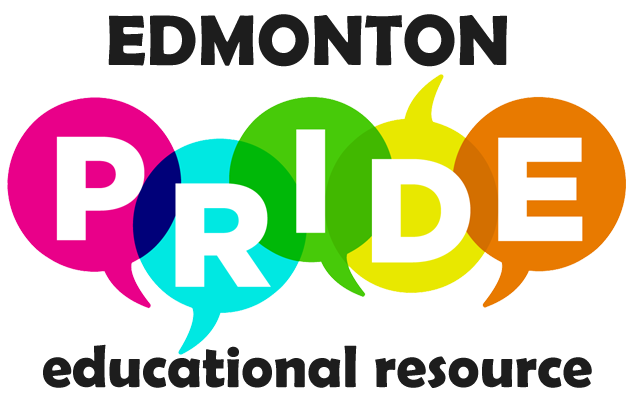Smoking tobacco products is one of the leading causes of death in the United States every year. It is evident that some communities engaged more in smoking or vaping articles pour vapoteurs montreal as a habit than others, and one population is the LGBT community.
The National Health Survey reported that approximately 21% of gay, lesbian or bisexual people smoke cigarettes, while only 15% of non-LGBT are smokers. Moreover, most LGBT young adults are likely to become smokers. And it is also reported that 40% of them engage in smoking or vaping occasionally.
Risk Factors
An unhealthy habit poses risk factors. For the LGBT community, this can be both environmental and psychological factors such as:
⦁ Internalized homophobia
⦁ Stress from social discrimination
⦁ Negative thoughts and feedback on sexual orientation revelation
Due to these factors, an increase in cigarette smoking is apparent among the LGBT community.
Influence of Tobacco Industry
The rise of tobacco and vaping product users is due to companies’ aggressive marketing strategies. Gay pride events and other gatherings exclusive to the LGBT community will usually gain sponsors, promotions, and advertisements from tobacco companies.
Furthermore, advertisements on tobacco use are mostly viewed as a trend and accepted behavior in LGBT papers and media. And it mostly influences the LGBT youngsters to engage in smoking cigarettes.
Health Consequences
As mentioned above, cigarette smoking is still on the list of United States leading causes of death. Smokers are at greater risk of acquiring diseases such as heart disease and hypertension. Here are some health impact of smoking on LGBT individuals:
⦁ Gay men have a higher chance of getting rectal cancer due to tobacco consumption.
⦁ Partygoers can expose themselves to secondhand smoke.
Anti-smoking Campaign
Health education is essential to increase public health awareness. FDA health mission is to extend efforts by utilizing media to reach the most at-risk community in smoking. FDA has also devised campaigns to promote smoking prevention, especially to young adults. An example is “This Free Life” which targets the LGBT young adults who consume cigarettes occasionally to provide them knowledge on tobacco use. It also aims to create an awareness that even vaping poses a significant health impact. And to promote education to LGBT youngsters on the following topics:
⦁ Mixing of toxic chemicals in cigarettes
⦁ Risks of addiction and untoward consequences of smoking.
⦁ The adverse effects of cigarette smoking on the health and life of the LGBT community.
Limited access to health care services is the most reported issue of the LGBT community. The solution is to have effective communication with the LGBT community to motivate them and be involved in their healthcare. Moreover, anti-smoking services should be available to anyone without any barriers. The services should allow openness and avoid sensitive assumptions about gender identity.
Conclusion
Efforts in educating the public on tobacco use are maximizing. Despite the continued efforts, the number of smoking-related deaths is still evident. Gathering more data and focusing on the recommendations and challenges can make a huge difference in LGBT communities’ health improvement.

